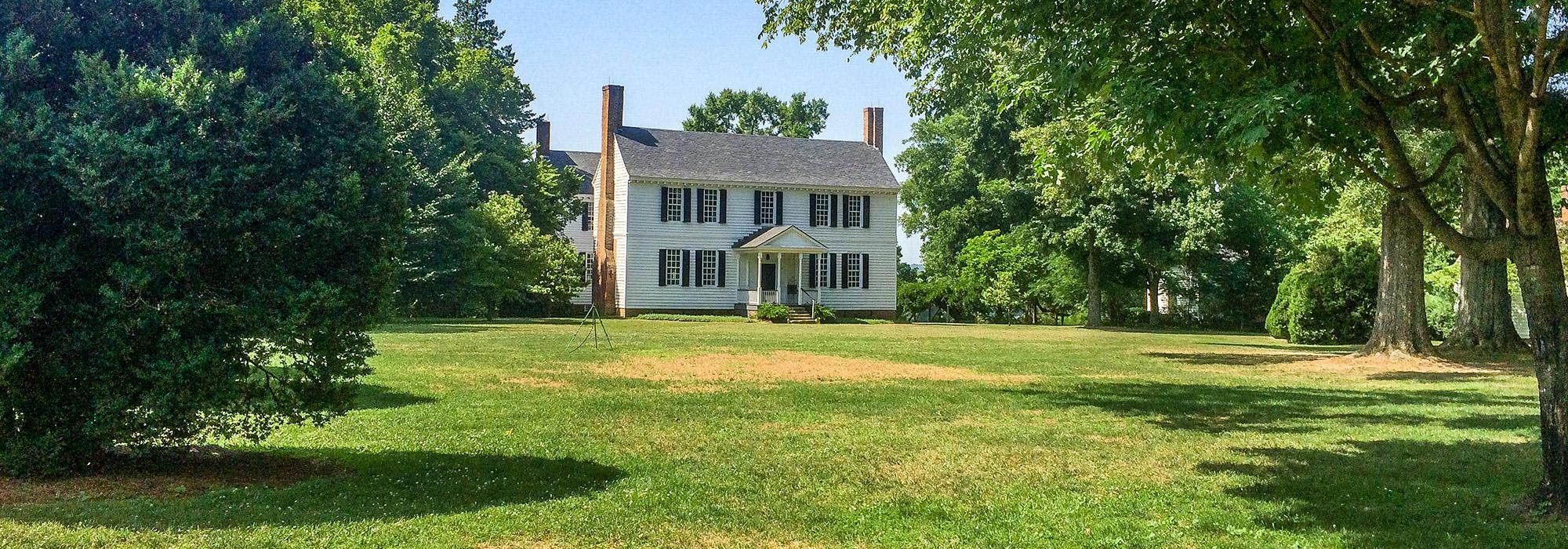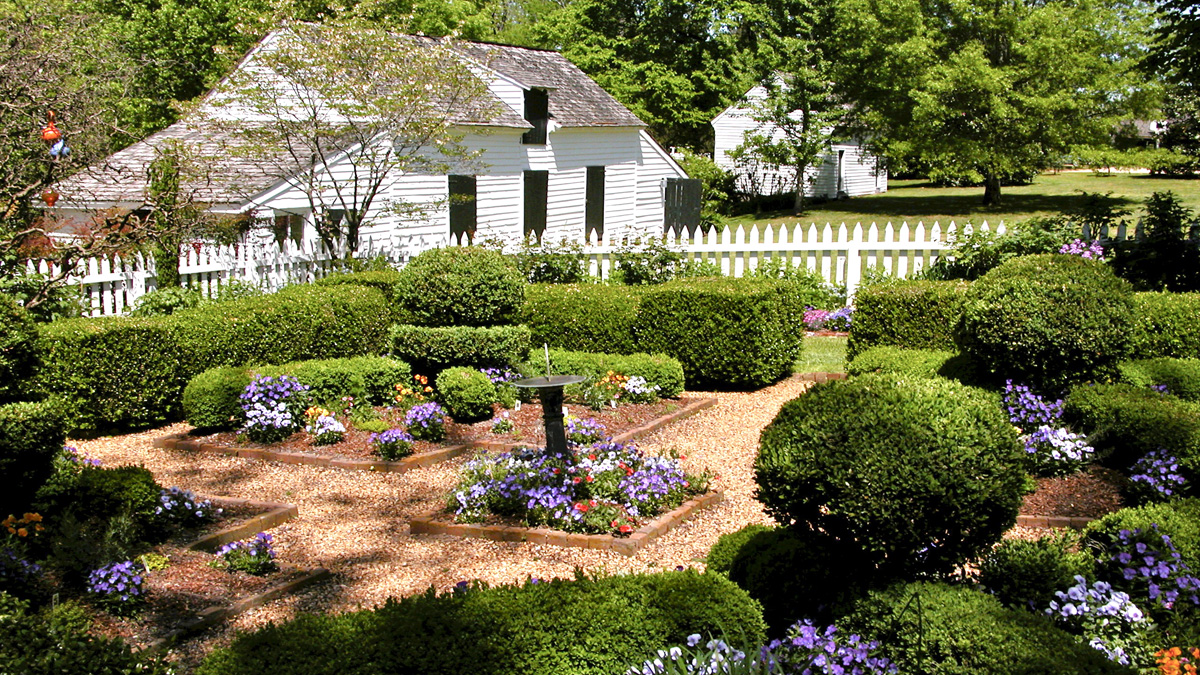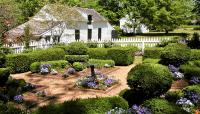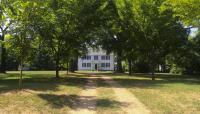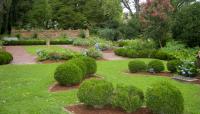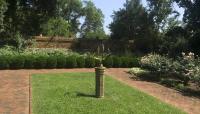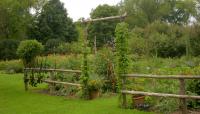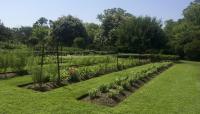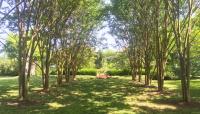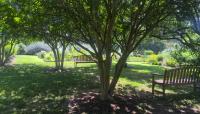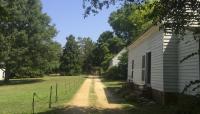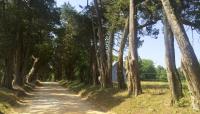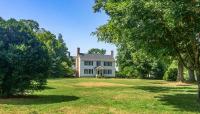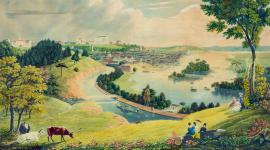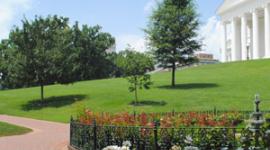Landscape Information
Located atop a bluff overlooking the James River, this 568-acre working plantation served as the boyhood home of Thomas Jefferson. At its peak, the plantation was a 25,000-acre estate producing tobacco, wheat, and livestock. Planter William Randolph completed the Georgian house in 1740, and several owners have since modified the landscape. In the nineteenth century, slaves’ quarters, a kitchen, a smokehouse, stables, storage facilities, and a small schoolhouse were added along linear paths parallel to the central axis.
The approach to the residential complex is a 0.8-mile elm-and-cypress-lined roadway that terminates in a circular forecourt in front of the main residence. Mature oaks, elms, and hackberries shade the expansive lawn. In 1941 Tuckahoe’s owners commissioned landscape architect Fletcher Steele to create a restoration master plan. Eight years later, Charles Gillette designed a two-tiered formal memorial garden with adjacent herb, vegetable, and cutting beds. Though a century-old boxwood maze located directly east of the main house was destroyed by blight in the 1970s, a boxwood-lined path called the “ghost walk” was installed to mark its perimeter. The Randolph, Wight, and Baker family graveyards, each belonging to subsequent owners of Tuckahoe, are sited northeast of this path near the memorial garden. Heirloom vegetable and flower beds bordered by shrubs lie north of the “ghost walk.” A small parterre herb garden lays just west of the main house adjacent to the original kitchen. Conservation easements established in the 1980s preserve historic views. Tuckahoe was listed in the National Register of Historic Places in 1968 and designated a National Historic Landmark in 1969.



